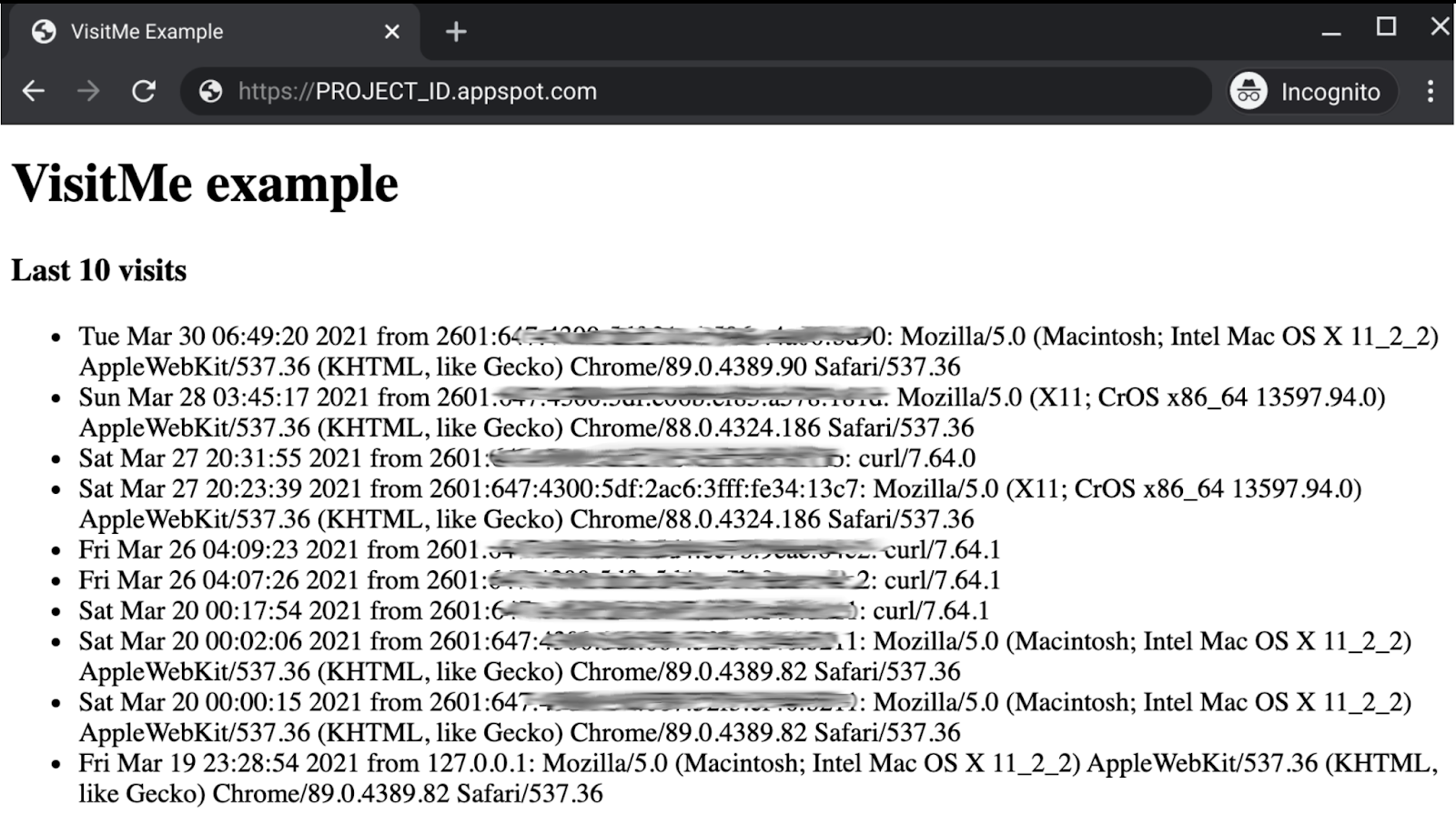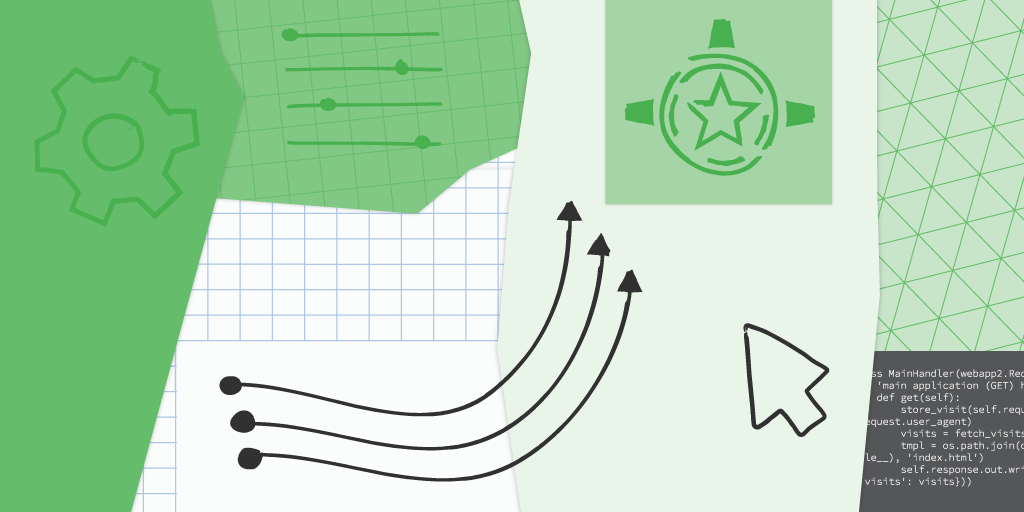#IamaGDE series presents: Google Maps
Welcome to #IamaGDE - a series of spotlights presenting Google Developer Experts (GDEs) from across the globe. Discover their stories, passions, and highlights of their community work.
Homing Tam is a product manager at Lalamove, an on-demand logistics company. He started at the company as a product manager focusing on location-based systems, talking with developers and business users to enhance the company’s mapping solutions, before moving into product management. Now, Homing handles corporate solutions; takes care of people who want to integrate with his company’s systems; handles the API side of things to help make integration easier; and provides recommendations for developers and other technical teammates.
Becoming a Maps developer
Homing studied geomatics and computing at university, and his 2009 thesis was based on Google’s API backend. His dissertation focused on using the Google Maps API to perform mapping and overlay. His first full-time job was as a GIS analyst at Esri, the largest private software company in the world. A year and a half later, he became a solutions consultant for a different company, helping customers interested in integrating Google Maps with their software.
Getting involved in the developer community
After Homing got involved in the Google Technology User Group (now known as Google Developer Groups), his boss at the time told him about the Google Developer Experts program. For his interview, Homing presented a product using the Google Maps APIs. When he became a GDE, he gave presentations and talks in the greater China region as a surrogate for the Google Maps Platform team. Homing is currently one of the organizers for GDG Hong Kong, organizing and giving community talks.
Favorite Maps features and current projects
Homing says the Maps Styling Wizard, the precursor to the newer Cloud-based Maps Styling features, is one of his favorite features.
“Cartography, which I studied in college, matters a lot, especially to a simple black and white schematic map, or when matching the theme of a map to a site,” he says. “I like that feature a lot.”
In 2020, Homing gave one talk on Android in the Android 11 Meetup and another talk on Maps at the first-ever virtual Hong Kong Devfest, and he’s ready to do more speaking.
“It had been a while since I gave a talk on maps, and the launch of Cloud-based Maps Styling is so exciting that I feel like it’s time to do some presentations and let the community know more about it. Beyond knowing how to use the API, you need to know how you can make the most of the API.”
Homing notes that this year, in particular, more small business owners need to know how to collect customer addresses, allow customers to place on-demand delivery orders, and update customers.
In 2021, in addition to giving more talks, Homing hopes to work with the GDG organizers in Hong Kong to plan a hackathon or otherwise teach community members more about the new Maps features.
“Can we make an MVP or a really initial stage cycling app to use as a base to explore the new features and use different Google components?’
As his career continues, Homing says he has two priorities: progressing as a product manager and leveraging technology, including maps, to improve lives.
“This year was a year for everyone to become digitally literate,” he says. “With the extra time we spend on technology, we should make good use of technology to make life better.”
For more information on Google Maps Platform, visit our website.
For more information on Google Developer Experts, visit our website.
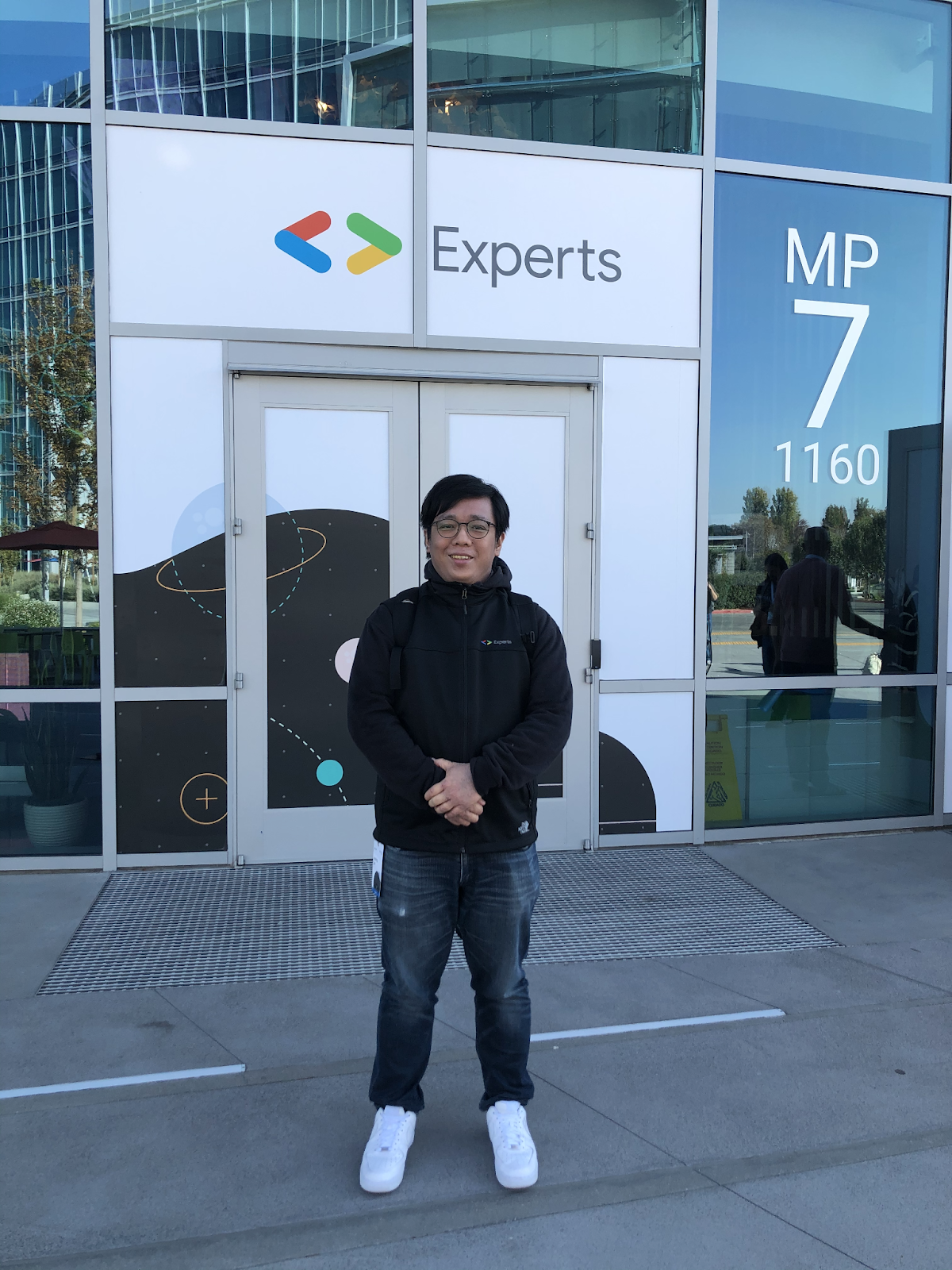

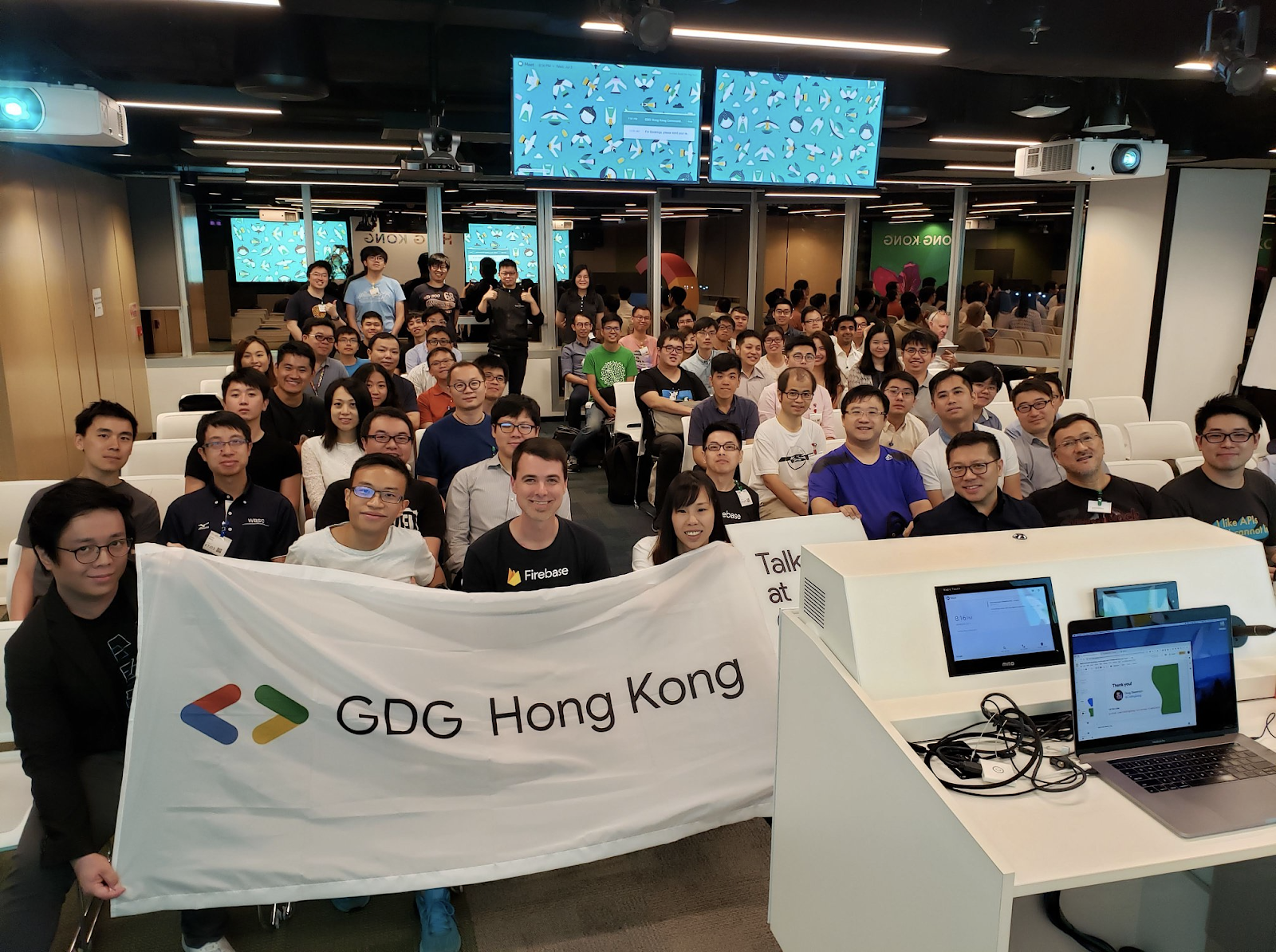
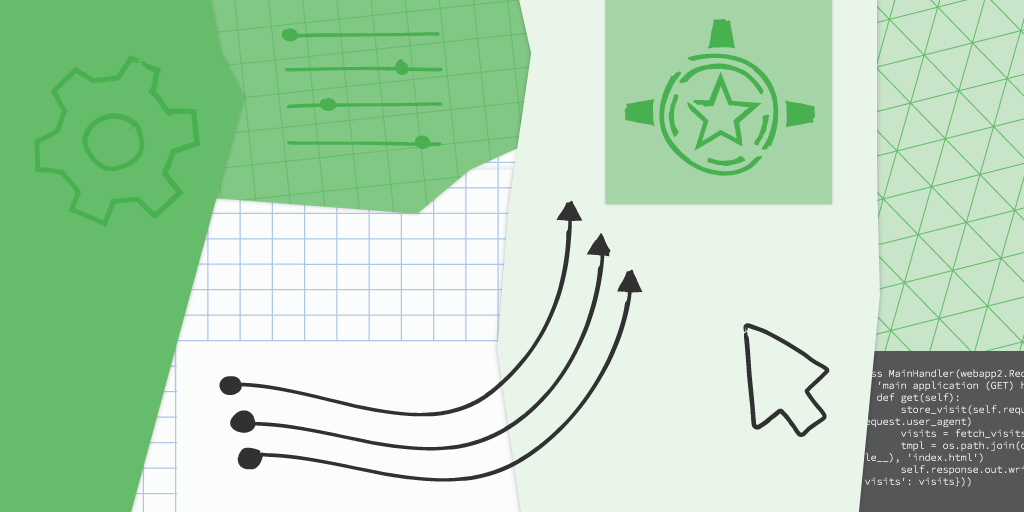 Posted by Wesley Chun (
Posted by Wesley Chun (
